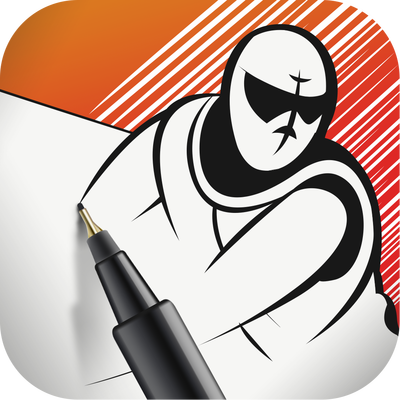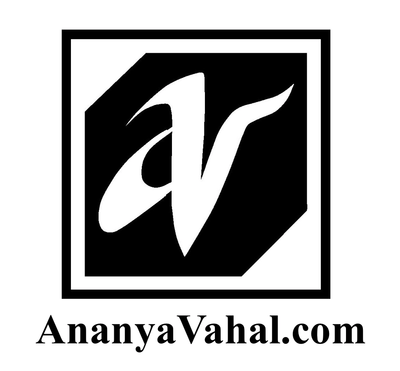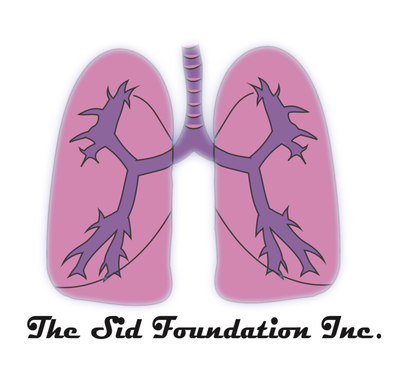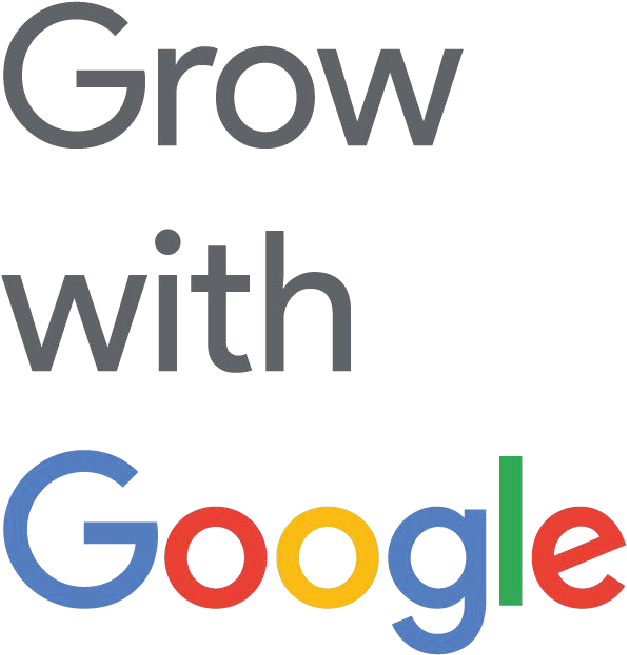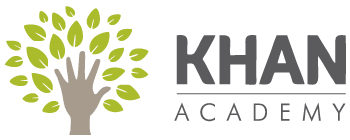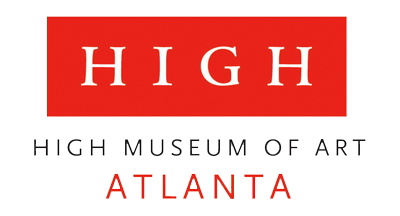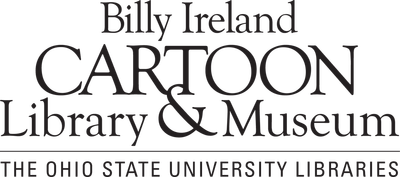|
Ricky Can0 is a writer and filmmaker. He worked with us to design the cover of his first book Identical: The Switch. Identical is hybrid novel which incorporates qualities of a screenplay and traditional novel in a single thriller filled with twists and turns. Ricky is a creator on the come up with many stories to tell. Checkout the following interview on Instagram or YouTube where we discuss his creator journey, how to self-publish on Amazon and of course IP development. Find Ricky on Ig: @ricky_thewriter_cano link: https://www.instagram.com/ricky_thewriter_cano?igshid=YzAwZjE1ZTI0Zg== 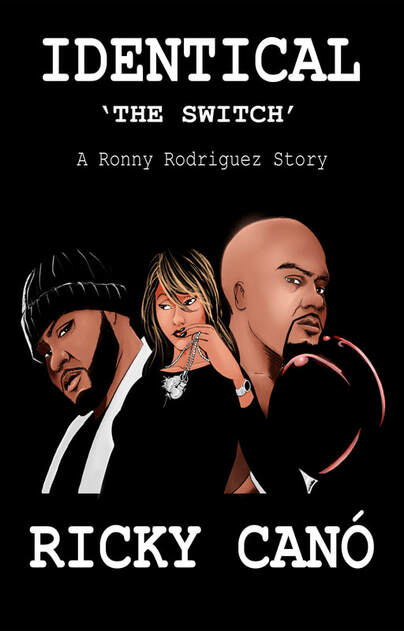
Ronny Rodriguez had it all. He was on top of the world. All the boxing rankings had him at the top of the pound-for-pound list. The Bronx native was the prince of New York and had the woman of his dreams by his side. With plans to propose to his life's love, everything changed in the blink of an eye.
Now, Ronny Rodriguez is a former World Champion. He lost the love of his life; he’s been in prison; his residency has been revoked & he’s been deported. Eight years after the incident, he’s back in the States on a quest to find out what truly happened on that fateful night. Unwilling to accept his current life, his burning desire for the truth has led him to uncover a far more sinister plot than anyone could have imagined and those willing to kill to protect it. Identical: The Switch is available on Amazon.com in hardcover, paperback and digital formats.
0 Comments
This year Prime Vice Studios has opened the opportunity for internships. It all started when we were approached by Riipen.com. They asked if we were interested in having virtual interns: Students who can work remotely on projects or special solutions for school credit. Riipen.com is a wonderful company based in Canada that connects businesses with college students for special projects. Employers can post projects and colleges also post projects that students are available for. The projects are approved by their professors, provide an opportunity for students to gain real world experience and provide some sort of business solution for the employer. Due to the pandemic it has been difficult for many students to be able to do internships. Internships are sometimes required for graduating in certain programs. They also are a vital stepping stone in career development. Virtual internships are a great solution to this issue. Companies and students work remotely and without geographical limits while providing mutual benefit to both parties. We have had a positive experience working with Riipen and highly recommend them to employers and universities. This summer we worked with a student from Miami University, in Oxford Ohio who is working on her bachelors degree in Interactive Media Studies. A fascinating interdisciplinary degree designed to provide depth in theory and practice of interactive & digital design, development, business, innovation, and digital disruption. PVS had the pleasure of working with Jiamiao Chen, a junior in the program with a minor in photography. Meet Jiamiao ChenPVS: Jiamiao, how was your overall experience interning with Prime Vice Studios? Jiamiao: It was my first virtual internship, and I cherish[ed] this chance a lot. Before it, I [was] still a little worried about how it would work, but everything [was] good for me. This is a memorable experience for me, and I learned a lot. PVS: What were some things that you learned working with PVS? Jiamiao: First, on the most basic level, I learned how to communicate better with my supervisor. Good communication can improve a lot of work efficiency. More importantly, I have learned the marketing strategy of a brand: I need to analyze the website design and user experience, as well as the content marketing of social media, identify the potential customer groups, and so on. At the same time, I learned about IP content. With Carlos' help, I found the direction of photography that I wanted to develop, and I developed my personal brand. PVS: How are the things that you learned helpful for you and your professional career? Jiamiao: During the internship, I have been reflecting on what I have learned in the past and thinking about my future career direction. For me, this is a good experience to understand my thoughts on digital marketing. I also learned some relatively professional internet content marketing strategies. More to the point, Carlos showed me some different way[s] with my photography. I will devote myself to building my own photography brand and making my own photos. This will also be my future career direction. PVS: You did an excellent job helping our company develop its user experience and e-business approach. Did you feel that you were able to use your expertise in a relevant manner during this internship? Are there any things you wished you would have gotten to work on? Jiamiao: Yes, in fact, during the internship, I found that I was relatively sensitive to user experience analysis and e-commerce. Perhaps because I'm a deep internet user, I use social platforms a lot and have a certain sense of quality content. In the process of learning in school, I combined my past user experience and some professional knowledge, and I am glad that I can help your company with my skills. I think it was a good experience for both of us. PVS: What were some challenges that you faced during your internship? Jiamiao: Since this was my first internship, my presentation and PPT at the very beginning were more like homework assigned by professors in the school, which was immature. But with Carlos' reminding and help, I kept modifying my PPT to make it better. During the process of editing the PPT, it was a big challenge for me to think about more individuals. For example, how to make [it so that it can be seen at a glance that] this PPT…is made by me, the selection of background pictures, etc., even with my own watermark on each page. Every time I consider[ed] why I use[d] it, it [was] like a soul-searching process. It was as if every semester a professor would ask me who I am, what I was interested in, what I wanted to be in the future. Every time Carlos remind[ed] me to develop my personal brand, maybe knowing more about myself [was] my biggest challenge. PVS: What are some advantages that you felt you had during your internship? Jiamiao: I have certain advantages in user experience analysis, content analysis and visual layout analysis of websites and social platforms because that's what I learned in school, and I'm a big fan of social media. More, perhaps because I am a Chinese student studying in the United States, I have my own different understanding of some content marketing under the intersection of the two cultural backgrounds. PVS: As part of the Prime Vice Studios virtual internship program we provide mentorship to our interns. You happen to be quite a talented photographer. Please share how you were able to develop your passion for photography during your internship? Jiamiao: Carlos's questions to me during the internship made me think deeply for a long time about my future career direction: what is my passion about, etc. I have been developing photography as my interest in the past. I have to say, I dreamed of being a photographer in the future. But I ha[d] to face the balance between dreams and reality. More than that, under the collision of cultures, I ha[d] questioned my own photographic works. I feel that as an Asian, I may like different content and different aesthetics from many of my local American classmates, and I cannot get more recognition. I shared this concern with Carlos, who also lives in [two] cultures and has studied and worked in the arts. He gave me a lot of comfort and I got help from his attitude towards art. It doesn't matter if people don't like it. At the same time, he suggested that I could build a personal brand. In the process, he helped me find my photography direction, under which I took many photos of the same style as the basis of my personal website. I organized my own photography website more completely and created my own logo. In some of the articles Carlos shared with me, I was impressed by one sentence. A very important step in building a personal brand is attracting people who share your interests to build a small group, rather than pleasing the masses. This sentence has inspired me a lot. Maybe I will stick to developing my own style of photography and eventually attract people who like my style. PVS: Would you recommend other students do a virtual internship? Why or why not? Jiamiao: I'm sure I will. Because I can improve my digital marketing ability in this company. Meanwhile, my supervisor has inspired me a lot about my future career. He is a good supervisor, so I am glad to meet such a warm-hearted supervisor in my first internship. PVS: How can people contact you? Jiamiao: I can be reached through my website: jiamiaochen.com, leave a message or send me an email: [email protected]. Follow me on Instagram @jcshuia. PVS: Thank you for your time and for sharing your story and art with us. You’re amazing and wish you nothing but the best in your future endeavors. We hope you continue changing the world with your talents! I’m sure many people will find your story inspiring. Peace. More samples from Jiamiao’s photo gallery.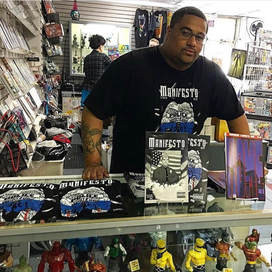
Kalani Caraballo
"I’M SHOWING PEOPLE THAT THROUGH MY DETERMINATION AND HARD WORK THINGS CAN HAPPEN. I’M HAPPY TO BE ABLE TO INSPIRE, LIKE OTHERS HAVE INSPIRED ME." @DummieComicsInc @K.Caraballo www.Gumroad.com/DummieComicsInc Bio: Kalani Caraballo is a writer based out of Kearny, New Jersey. He has been producing and writing comic books since early 2016. Titles such as Home, Manifesto, Pistol Grip, and the newly released title Messenger. Along with his Editor/Fiancee Chrissy Torres, they operate their own publishing company Dummie Comics Inc. Where are your from? I was born in Honolulu, Hawaii. Both my parents are from the greatest island on Earth, Puerto Rico. My family left Hawaii for Newark, New Jersey when I was three years old. My Dad and Mom divorced when I was four, and my Mom moved my brother and I to Kearny, New Jersey where I still currently reside. Where did you grow up? My beginning years I started out in Hawaii, Newark, and my formative years I was in Kearny. How did your experiences affect your writing? In general, my life is in my writing. Through my writing you can see my vision and sometimes my opinion on certain things. I know my experiences definitely helped me write Home. At the same time some of my father’s experiences made it into Manifesto. So nothing is spared honestly. I’m growing in life through my writing. You and your partner run your own publishing company Dummie Comics Inc. What inspired you to start your own business? I have to say it started with the idea of just wanting to write and publish a comic. Originally the idea was just to do one. My first comic I wrote was this Hip Hop, Alien story, titled Last of a Dying Breed. After commissioning an artist to illustrate Last of a Dying Breed, I had started writing Home. I ended up losing interest in Last of a Dying Breed, and solely focused on Home. I completed the full series of Home in a span of two weeks. While I was finishing Home, the idea of Manifesto came to me. After completing Home, I immediately started writing Manifesto. I realized I had two comic series on my hand. At that moment it became about Dummie Comics the brand, not me. The mission for Dummie Comics Inc to inspire others to do things that other people might have told them that they could not ever accomplish. Please share why you feel this is an important mission and how your comics fulfill this mission. When I originally told people about me wanting to get into the comic business everyone I knew laughed at me. They said things like, “You can’t draw”, “How are you going to compete with characters that have a 75 year legacy?”, we heard it all. I want to inspire people to give themselves a chance. I knew if I didn’t trust my gut feeling, and listened to those people, I wouldn’t be where I’m at today. Everyday I wake up, and push this brand as hard as I can, and the results show. This isn’t a little comic thing or a hobby. Slowly but surely things are happening. I’m showing people that through my determination and hard work things can happen. I’m happy to be able to inspire, like others have inspired me. Keep going! And only listen to yourself. What type of stories do you like to make comics about? To be honest it depends on my mood when I pick up the pen to write. It also depends on the character I am writing for at that moment. I tend to enjoy writing stuff with a lot of grittiness to it. What’s your process? Elaborate on how you work through your projects. How do you break up your time for your projects at different stages? My process is simple. Usually when I come up with an idea for a comic I like to know how I’m going to end it, so I usually write the ending first. From there everything comes naturally. I’ll envision the entire story, and flesh out what I want to see on each page. Then I’ll begin my dialogue. Once I complete the script, and we green light the script to be illustrated, I’ll go through the entire script one more time, and make any corrections, then I’ll send it to my Editor and partner Chrissy Torres. She’ll make her corrections, and then send it back to me for my approval. Once completed, we send it to our illustrator Frank Castro, and then play the waiting game. While an issue is being illustrated, I’ll start working on another script. Sometimes for the same character, other times for another. It’s all about balance, and lucky for me, each of our characters have different universes, so there’s never a loss of creativity, because they’re all different. What do you recommend to aspiring writers/creators that you wish you had known much earlier? What would you tell yourself 20 years ago? Have fun. Remember you’re creating a comic book. It’s a source of entertainment. Your imagination will take you as far as you let it. Just keep creating, and don’t stop. 20 years ago I was 11 years old, I would probably tell myself not to worry so much, and to have fun. As long as you have your imagination you’ll be alright, and nobody can take that away from you. What do you love best about making comics? My favorite part about making comics, is being able to express myself, and seeing my vision come to life. But also, its the reaction we get from our readers. Being able to see people react to something you saw in your head is always a good thing, whether positive or negative. Every time we’re about to release a new issue it’s an exciting time. Sometimes the feeling of seeing the finished product can be better than sex. What do you wish was different about the comics industry? I wish consumers/retailers were more open minded, and that people got out of their comfort zones and to give more things a chance. I know a lot of consumers and shops that won’t buy anything that doesn’t bare a DC or Marvel logo. I'll tell you right now, some of the best comics in the world aren’t even produced by those two. People don’t know what they’re missing out on. Which books do you recommend artists should have in their reference library? Favorite instructional material? To be honest, I’ve never picked up anything as instructional material. When I began writing, I kind of just dove in head first, and hoped for the best. I believe I looked up a few articles on writing comic scripts on Google, mainly they all said, “Comic book scripts are instructional manuals for what the artist is going to draw on the page”. Once I heard that it was go time. The best references to me are comic books themselves. You have to be a fan of the medium to know what you want to see out of your comics, and what you don’t want to see in your comic books. My teachers were Stan Lee, Jack Kirby, Kevin Eastman, etc. I mean how could I fail going to the college of those guys? Top 5 Favorite Artists? In no order: Frank Castro (Artist of Home and Manifesto) Jack Kirby Rob Liefeld George Perez Frank Miller Honorable mentions: Michel Fiffe Kevin Eastman Top Favorite Comic characters? In no order: Foolkiller White Tiger Hardware Teenage Mutant Ninja Turtles Guardians of The Galaxy (Early team) Spider-Man Gambit Youngblood Spawn NFL Super Pro X-Force Fantastic Four Copra
Top 5 Favorite comics, graphic novels? Frank Miller’s Daredevil run Jim Valentino’s Guardians of the Galaxy run Stan Lee & Jack Kirby’s run on Fantastic Four Secret Wars Volume 1 Steve Gerber’s Foolkiller run Michel Fiffe’s Copra Teenage Mutant Ninja Turtles Dwayne McDuffie’s Hardware What type of work are you interested in doing? Now? In the future? Right now I’m really excited about everything Dummie Comics Inc. In 2019, I’m looking to finally completing all issues of Home and Manifesto. Manifesto #3 is on the way, and Home #3 should be completed shortly there after. As far as the future, I’m looking forward to introducing two new series. I consider these to be my dream projects, and ultimately, my best work. I can’t wait to see these projects come to life. How can others find/ purchase your work? Website, social media link, etc You can follow Dummie Comics on these social networks: Facebook.com/DummieComicsInc Instagram: @DummieComicsInc @K.Caraballo Our work can be purchased on www.Gumroad.com/DummieComicsInc Works available from Dummie Comics Inc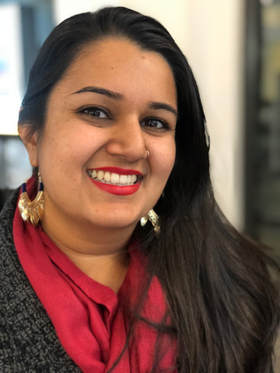
Ananya Vahal
"My mission as a writer is to empower people of color to write their own stories." @ananyavahal www.ananyavahal.com Bio I’m Ananya Vahal and I’m an Indian-American writer. I'm also the President of The Sid Foundation Inc., the writer/creator of Lung Girl Comics, and writer/content editor here at Prime Vice Studios. I have an MFA in Writing. My genres include creative nonfiction, digital content creation, and comics. I like reading and writing funny stuff. Where are your from? I was born in New Delhi, India. I grew up all around the world and have been living in the Atlanta area for over 15 years. Where did you grow up? I grew up in New Delhi, India, Dubai, U.A.E., Charlotte, NC, and Kennesaw, GA. How did your experiences affect your writing? The purpose of my writing is to tell the stories that have been historically ignored or suppressed in our country. My purpose came about because of my experience growing up in a country where the only signs of existence of my culture were a funny accent and a smelly bowl of curry. I didn’t know any writers that looked like me growing up and no one was telling the stories of my family. I want little brown girls today to be able to see themselves in books, movies, and all forms of media because it was denied to me. You’ve created an original intellectual property: Lung Girl. How did this character & story come about? Lung Girl came about because of a necessity on many levels. In 2014, my brother Sid died due to complications from his double lung transplant. My parents and I wanted to start a charity in his name to help other people going through the same situation. We establishedThe Sid Foundation in 2015 to raise funds and awareness for lung transplant research and assist lung transplant patients with funding and resources. I always knew The Sid Foundation would have a heavy art aspect to it because Sid was an artist and an avid comic book reader. I also found that lung transplant was a complex and often gruesome topic to talk about with people in the community. The best way to tackle this issue was to create a comic book character who could represent the nonprofit and help us tell our story. Therefore, Lung Girl was born. Lung Girl is a twelve-year-old Indian superhero who fights bad guys and lung health issues in her city. She has super lung powers which give her super strength and allow her to fight. She makes the perfect mascot for The Sid Foundation and helps us attract an audience that we normally would have missed. Available for purchase now. Click on pics.You have published two Lung Girl comics. How was that experience? The Lung Girl comics are published annually through The Sid Foundation. It has been an interesting experience. First, I had to raise funds for the project. Then, I learned how to write comic book scripts. I have an MFA in writing, but they don’t teach you how to write comic book scripts in a writing program, so I had to learn the process of turning my story into panels and pages. Finally, I hired a sequential artist to illustrate it. That process took a couple of months. I have been working in-house with Prime Vice Studios since the second issue published in 2017. Once the comic book was fully illustrated, I sent it to the print shop. I also uploaded it on Amazon for a digital version. Also, before I got them printed or turned into a digital comic, I had to purchase an ISBN number for them and get a copyright on them, so they could be protected. It’s a process that takes time, effort, and constant learning which is why we only produce one comic a year for the time being. Once I have more staff and more funding, we plan to publish more comics annually. You have recently graduated with your MFA in Writing. What drove you to pursue a Masters degree? I graduated with my MFA in writing from SCAD in June 2018. I have been writing since I was nine years old. I picked up writing as soon as my family moved to the United States. It was my way of making sense of my new life in a completely new country. I wrote journal entries, poems, and songs until I was in high school. However, since I didn’t know any writers in real life, especially ones that looked like me, I didn’t know that it was a profession I could pursue. For some reason, I couldn’t stay away from writing. Once I got to college, I tried several different majors before settling into English with a minor in Spanish. I graduated from the University of Georgia in 2010 with my bachelor’s degree. Even with an English degree, I didn’t know what I should do as a profession. The only options I was exposed to were Law School or Journalism and I didn’t find myself drawn to either one. I decided to take a break after graduating to figure things out and during that time I took the GRE and the LSAT so I could keep my options open for grad school. During my break year, my life took a complete turn when my brother became ill and was hospitalized. I spent almost a year in the hospital with my brother as he fought for his life and received a double lung transplant. After that, I became interested in the health care industry, specifically, physical therapy. So I changed my course and began pursuing physical therapy. After about two and a half years of working in physical therapy and applying to schools, we got a call that my brother was hospitalized again. This time he didn’t survive. After my brother’s death, I once again evaluated my course in life and after making peace with the fact that I was not getting into physical therapy school, I decided to go back to my original calling, writing. I definitely took the long and winding road. I had a lot of life experience under my belt to write about. I began researching the writing programs at several universities. Once I was introduced to SCAD, I decided that was the program for me. Their program focused on digital media and creative nonfiction. I learned ways to write my story effectively and share it with the world digitally. What type of stories do you like to write about? My mission as a writer is to empower people of color to write their own stories. Today, there are more stories published about people of color than by people of color. This means that we are being written about in ways that we do not control. We are being written about from the White perspective which often includes stereotypes and oppressive narratives. We need to control our own narrative. I think words are the most powerful tool against oppression. So, to make a long answer short, I write my stories. Stories that are highly underrepresented in the literary world and in today’s media. Stories about what it’s like to be a South Asian immigrant growing up and living in the United States. Stories about my family and my culture. #browngirlwrites #ownyournarrative Top 5 favorite writers. Roxanne Gay, Scaachi Koul, Issa Rae, Lilly Singh, and Sherman Alexie Favorite comic characters. Obviously, I love the new Ms. Marvel (representing the Desis), Black Panther (duh), Batman (he’s always been my favorite superhero), and Lung Girl! (yup, that’s a plug). Top 5 favorite comics & graphic novels. The new Ms. Marvel series, Bitch Planet by Kelly Sue DeConnick, Avatar: The Last Airbender series, Tales for La Vida: A Latinx Comics Anthology, and Saint Love City Funk: Boogie Down Blues.
Saint Love City Funk: Boogie Down Blues
What type of work are you interested in doing? Now? In the future? I am already doing the type of work I want to do which is write, build community, and educate. I hope to continue doing this work at a larger scale in the future. How can others find or purchase your work? Website, social media link, etc. You can find my work, my services, and my #browngirlwrites blog on www.ananyavahal.com. Twitter and Instagram: @ananyavahal Facebook: Ananya Vahal Medium: Ananya Vahal Works Available by Ananya Vahal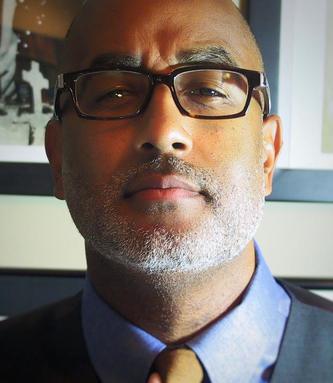
Shawn Martinbrough
“Stepping outside of one’s regular environment, interacting with new and different people and experiencing life to its fullest are the best fuel for creativity. " “Stealing or directly swiping someone else’s work is a No-No. It’s the ultimate corny move." @smartinbrough www.shawnmartinbrough.com Bio Shawn Martinbrough is the author of “How to Draw Noir Comics: The Art and Technique of Visual Storytelling.”, published by Random House and reprinted in several languages. He is a critically acclaimed creator/artist whose DC Comics, Marvel and Dark Horse Comics projects include “Batman: Detective Comics”, “Luke Cage Noir”, “Captain America”, “The Black Panther” and “Hellboy”. He is the artist of “Thief of Thieves”, published by Skybound/Image Comics. Shawn has co-created characters featured in the film, “Deadpool”, the animated “Batman: Gotham Knights”, the FOX television series “GOTHAM”, “The GIFTED” and the “JUSTICE LEAGUE” feature film. Shawn’s work has been covered by Vanity Fair, USA Today, BBC World America, The New York Times, ABC News, NBC News, The Washington Post, NPR, The Hollywood Reporter, Entertainment Weekly, BET, Essence, Ebony, The New York Daily News, AOL, Publisher’s Weekly, SiriusXM and others. Shawn has been a featured guest and panelist at comic conventions in San Diego, New York, Washington, D.C., the UK, Paris, São Paulo and Rome. As an artist, Shawn has given lectures on his career at Walt Disney Animation, Lockheed Martin, The Pentagon, TEDx Mid Atlantic, The Society of Illustrators, the School of Visual Arts, Fiorello H. LaGuardia High School of Music & Art and Performing Arts, The University of Michigan, The Savannah College of Art and Design, The 100 Black Men of America Conferences and the Book Expo of America. Inspired by Shawn’s TEDx Talk, which explored storytelling and themes of inclusion, The George Lucas Foundation consulted with Shawn to develop the Lucas Museum of Narrative Art Summer Studio. Co-hosted by the Boys and Girls Club in South Central Los Angeles, Shawn worked with a team of artists and educators to provide an intensive two week workshop culminating with each student creating their own mini comic book. Shawn is a Native New Yorker and an alum of both the Fiorello H. LaGuardia High School of Music & Art/Performing Arts and The School of Visual Arts. Being born and growing up in the Bronx. How did your experiences affect your art? During my junior high school years, I learned to paint while taking a class at my local community center in Co-op City. My teacher, Emilio, introduced me to acrylics and color theory. My formal art education began after I was accepted as an art major to the Fiorello H. LaGuardia High School of Music and Arts. In addition to being immersed in drawing and painting classes, I was interacting with a diverse school of kids from all walks of life across all the five boroughs of New York. The amount of creative and social stimuli I experienced during those years was incredible. In your How to book (How to Draw Noir Comics: The Art and Technique of Visual Storytelling) you share several exercises for artists to practice such as taking B & W pictures to develop composition skills, and drawing faces and objects with dramatic lighting. Are there any other best practices you wish to share that weren’t included in the book or that you developed after its publishing? Drawing from life is an exercise that I cannot stress enough. I regularly use photo reference for my work since I wasn’t blessed with a photographic memory to remember all of the unique details of a subject. I still use all of the techniques that I describe in my art instruction book, “How to Draw Noir Comics: The Art and Technique of Visual Storytelling”. I’m always looking to discover and be inspired by artists from across the spectrum so I love visiting museums, galleries, pop up exhibitions, street fairs, etc. Stepping outside of one’s regular environment, interacting with new and different people and experiencing life to its fullest are the best fuel for creativity. Any worst practices that artists should avoid at all costs? Copying other artists directly. We all have our favorite artists but when starting out, you have to realize that the artist whose style you admire, is usually influenced by an artist that they admire. So basically, you’re copying a copy of a copy. Stealing or directly swiping someone else’s work is a No-No. It’s the ultimate corny move. Who do you feel should/shouldn’t pursue a career in comics? If you don’t have the patience or dedication to build a career as an artist, this profession probably isn’t for you. Then again, you can apply this principle to any profession. I believe that being an artist is akin to being an athlete. You must practice every day to get better and at the same time, you must learn how to market yourself as a small business. That last part is something art schools don’t teach you. What do you recommend to aspiring artists that you wish you had known much earlier? What would you of told yourself 20 years ago? I would have told my younger self, “Make sure to create various employment options for yourself by diversifying the number of companies that you work with sooner in your career. Never get comfortable working for only one company unless, you’re the owner of that company.” What do you love best about making comics? I love the process and the art of telling stories. Solving the artistic challenge of visualizing what the writer has written on the page can be very satisfying, for the most part. Sometimes, as the artist, you never quite solve the problem to your satisfaction. You simply run out of time. Having worked with some of the best writers in the industry over the course of my career has inspired me to write my own stories. Actually, I’ve always written stories of my own. It’s been very advantageous to work alongside really talented writers and absorb some of their approaches to plotting and scripting. You had your start working with Milestone Comics. That was an incredible ensemble of artists & writers that produced remarkable content but struggled with sales and distribution plus the loss of Dwayne McDuffie. How was your experience working for Milestone? I fell into working for Milestone actually. I knew Michael Davis, one of the original founders. Years prior, Davis had introduced me and other students from his cartooning class at the Children's Art Carnival in Harlem to many professional artists working in the comic industry like Denys Cowan, Walt Simonson and Bill Sienkiewicz. Later, when Milestone was founded, I was already working as a freelance artist for Marvel. At that time, the Marvel offices were located on Park Avenue, a ten minute walk from Milestone. When I was done dropping off artwork at Marvel, I would swing by and hang out at the Milestone offices. One day, they asked if I would be interested in inking a new penciller named John Paul Leon on “Static”, one of their flagship titles. John’s art was amazing so I said sure. Over the next number of years, John and I worked together on various projects including, “Static” and “The Shadow Cabinet” for Milestone, “The Further Adventures of Cyclops and Phoenix” and “Logan” for Marvel and “The Challengers of the Unknown” for DC Comics. Working at Milestone was a really fun and empowering time in my career. A great and talented group of people. What do you wish was different about the comics industry? More diversity on the editorial side would be great. Editors are the gatekeepers for which projects get considered and which writers and artists get hired so it would be nice to have folks who are organically receptive to different voices and experiences than their own. It would be smart business as well. I also wish there would be stronger synergy between the publishers and the studios when it comes to promoting comic book sales. For example, it makes no sense that Black Panther movie made a billion dollars worldwide but the average Black Panther comic sells under 50k. This is a missed opportunity that applies to most comic book properties that are adapted to film and television. Which books do you recommend artists should have in their reference library? Favorite instructional material? This is a tough question because there are so many. “The Alex Toth: Genius Animated & Illustrated” collections are amazing. “DC: The New Frontier” by Darwyn Cooke, “Elektra: Assassin” by Frank Miller & Bill Sienkiewicz, The Fantastic Four” Omnibus by John Byrne, The “Nexus” collection by Mike Baron & Steve Rude… Top 5 favorite artists. There are too many artists that I admire and am inspired by so I can’t narrow them down to a top five. To name a few in comics, Alex Toth, Jack Kirby, David Mazzuchelli, John Byrne, George Perez, Walt Simonson, Frank Miller, Bill Sienkiewicz, Mike Mignola, Jose Luis Garcia Lopez, Tony Salmons, Steve Rude, Moebius, Jorge Zaffino, Eduardo Risso, Khary Randolph, Ron Wimberly… I could go on and on. Top 5 favorite comic characters. I haven’t had a favorite comic book character since high school. However, I find Doctor Strange, The Question, the cast of characters from “100 Bullets”, Iron Man, Doctor Doom, Galactus, Conrad Paulson and Celia (from “Thief of Thieves”) to be very compelling characters. Top 5 favorite comics and graphic novels. Again, I can’t narrow this list down to THE top five so I’ll mention some of my favorites that I feel don’t receive enough love,“Cosmic Odyssey” by Jim Starlin and Mike Mignola, “Nat Turner” by Kyle Baker, “Pride of Baghdad” by Brian K. Vaughan & Niko Henrichon, “Twilight” by Howard Chaykin & Jose Luis Garcia Lopez, “X-Men: God Loves, Man Kills” by Chris Claremont & Brent Eric Anderson. What type of work are you interested in doing in the future? More writing. Definitely some original creator owned projects that I will write and draw. I would love to return to directing. Years back, I took some time off from comics to write and direct a few short films that ended up running in several film festivals. Those were some of the most creatively fulfilling times in my life. Working with actors, scouting locations, etc. was such a creative rush. I also have interest from publishers and a few ideas for a follow up to “How to Draw Noir Comics”. I just need to nail them down. How can others find you or your work? www.shawnmartinbrough.com Instagram / Twitter : @smartinbrough Books by Shawn MartinbroughArt GalleryMedia featuring Shawn Martinbrough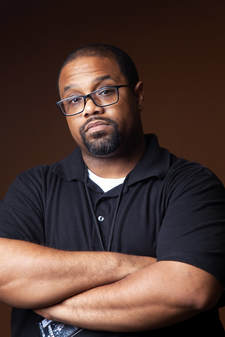
Robert K. Jeffrey
"I love creating these worlds that people can get lost in, just like I did as a kid growing up whenever I picked up a book." @robertk.jeffrey www.robertkjeffrey.com Bio A freelance writer with over 13 years of experience, Robert was chosen along with 5 other writers (out of more than a thousand applicants,) to take part in the 2017 DC Comics Writers Workshop. He’s the creator/ writer of the Glyph Comics Award nominated/ winning comic book series Route 3, Editor In Chief of BlackSci-Fi.com, has contributed to such anthologies like Dark Universe: Bright Empire, and is co-writer of the Glyph Comics Award nominated Radio Free Amerika. His client work includes work done for the Centers for Disease Control and Nitto Tires, and he currently co-hosts the New Wakanda podcast.
Where are you from?
I’m originally from the southside of Chicago. Where did you grow up? We moved around a bit when I was growing up. So I’ve actually lived in California (Los Angeles, Pasadena), Chicago, and now Atlanta. I’ve been in Georgia the longest and love it down here. How did your experiences affect your stories/ writing? As a kid who loved things like Star Trek, Batman, X-Men, Spiderman, Back To The Future, Hook, etc I began to notice a pattern. Though folks who looked like me were found in a lot of these fantastical stories, we were often not at the forefront. I had a problem with that and continue to even now. I was surrounded by no shortage of black people who took charge in their own stories on a day by day basis. Sure, they weren’t going out and leaping from rooftops to fight crime, or trekking the stars, seeking new life and new civilizations. The point was, they were handling their ‘ish, and weren’t being relegated to sidekick/ support status, or the comic relief. I told myself that wasn’t going to be the case in the stories that I wrote, that featured people who looked like me. Though I pride myself on being able to write just about anything and anyone, when it comes to focusing on characters of color I like to make them the power players in these larger than life stories that I like to tell. Its worked out so far, so I’ll keep doing it. ? You have been working with DC with their writing program. How has been that experience? The 2017 DC Writers Workshop was a great experience. Having a chance to learn from an industry legend like Scott Snyder was an experience that I’ll never forget, and the information I took from the workshop has become crucial in helping my growth as a writer. I also learned A LOT from my fellow workshop participants, and I’ve seen development in my scripts since doing the workshop. What type of stories do you like to make comics about? Where to begin? Lol. I write whatever gets me hyped as a creator. I’m kind of selfish in that when I start brainstorming an idea for a script that I focus on things that will keep me entertained and connected to. I try to do that when seeking out client work. So, my interests in terms of stories that I like to make comics about vary across the board. Route 3 is a coming of age super heroic, espionage thriller. Mine to Avenge: The Book of Layla is a cyber punk/ action horror series. RET: CON is an Afrofuturist time traveling adventure. To say my interests in what I like to create run a wide a gamut is an understatement. The same goes for any client work. I pride myself on being a varied hired gun when it comes to writing for prospective employers. You can’t limit yourself as a writer. You just can’t. You miss out on countless opportunities like that, and since my goal is to eventually do this full time, I keep myself open to a variety of different things to write about.
Whats your process? Elaborate on how you work through your projects. How do you break up your time for your projects at different stages?
I usually begin with brainstorming, then moving to outlining. I find that unless I have a specific set of steps to follow in building my story, my mind wanders. Brainstorming can begin with a simple kernel of an idea, which I then build into something more. I try to follow the tried and true model of establishing your “Set Up, Conflict, & Resolution” for the story. It simplifies things in the long run, in terms of giving me a template of sorts to follow. Now, not to say that this template might be switched around for the sake of storytelling, but to have a basic story skeleton of sorts to follow is crucial for me to follow. After that I’ll begin writing a first draft, just to get the thoughts down on paper. Storytelling is key here, as I’m partly putting together a script that the artist is going to enjoy drawing, just as much as whoever might buy the book will enjoy reading. I try not to over direct when it comes to panel descriptions but provide just enough direction where both I as the writer and the artist know how the page is going to flow. I find that writing dialogue is a favorite part of the process of mine as it helps me to feel out the various characters in a scene. So, after writing the dialogue, panel descriptions, location captions, thought captions, etc. it all come together to move the story forward. The first draft is usually followed by a second and third draft where I’m fine tuning everything within the script. After that, it’s off to my editor, comes back to me for another pass, then it goes to the art team. What do you recommend to aspiring writers that you wish you had known much earlier? What would you tell yourself 20 years ago? Life is a fickle beast, and it will complicate things every chance that it gets. When that happens, just keep pushing forward. Also, stay out of your head. Don’t worry about what everyone else is doing. Just don’t. And have more confidence in yourself. Keep learning as much as you can about writing, stay open to constructive criticism, don’t treat people horribly, and just do your best to be the best person you can be. Also, stay out of your head, and have more confidence in yourself. Did I say that already? ? What do you love best about writing comics? I love creating these worlds that people can get lost in, just like I did as a kid growing up whenever I picked up a book. To provide an escape, or an alternative to all the BS that surrounds us 24/7, that’s a blessing. What do you wish was different about the comics industry? I wish that the industry would realize that EVERY-FRIGGIN-ONE loves these books. Find ways to tap into that, and just build, and build, and build. And some publishers, more so than others have realized that. Continue to reflect the world that exists NOW, and your readership that exists NOW. Which books do you recommend writers should have in their reference library? Favorite instructional material? Jim Zub’s Tutorials for creating comics: http://www.jimzub.com/ Alan Moore’s Writing For Comics: Alan Moore Powers Scriptbook by Brian Michael Bendis & Michael Avon Oeming Writing for Comics & Graphic Novels with Peter David: Peter David Making Comics: Scott McCloud Understanding Comics: Scott McCloud The DC Comics Guide to Writing Comics: Dennis O’Neill Words For Pictures: Brian Michael Bendis
Top 5 favorite writers.
1. Dwayne McDuffie 2. Geoffrey Thorne 3. Octavia Butler 4. Greg Rucka 5. Brandon Thomas Favorite comic characters. 1. Static 2. Rocket 3. Synch 4. Invincible 5. Tara Chace 6. Storm 7. Spiderman 8. Woke AF’ Cyclops Top 5 favorite comics and graphic novels. 1. Static Shock: Rebirth of the Cool 2. New Frontier 3. Icon: A Heroes Welcome 3. Queen and Country: The Definitive Editions, Vol. 1-4 4. The Many Adventures of Miranda Mercury 5. Prodigal: Egg of First Light 6. Watchmen 7. Batman: The Long Halloween 8. Gotham Central: In The Line of Duty 9. Invincible: Ultimate Collection, Vol. 1 10. Noble Vol 1.: God Shots What type of work are you interested in doing? Now? In the future? I’m always interested in doing more comics work. I’m open to writing anything. I’m having a great time working for publishers like 133 Art and Evoluzione Publishing. I’d love to work for publishers like Lion Forge, Valiant, Boom! Studios, Dark Horse, IDW, etc. I’ve got a bucket list of licensed characters that I’d like to pitch for including characters/ franchises like Rocket (Milestone Media), Overwatch, Star Trek, The Orville, and heck even my favorite cult classic, Sliders. In addition to the comics work, I’m trying my hand at writing for table top gaming with New Agenda Publishing, and I’d really like to learn more about, and eventually jump into video game writing. Lastly, I’m going to get back into writing prose fiction by the end of this year, and am currently looking into getting my certification for technical writing. How can others find and purchase your work? Website: www.robertkjeffrey.com FB: robertk.jeffrey Twitter: @SYNCHRKJ Instagram: robertk.jeffrey 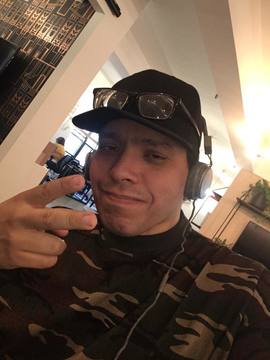
Rolo Ledesma
“You got to handle every line and page likes it's your best." @rolo_world www.curvesandbullets.com Bio Creator of the comic book series Curves and Bullets. Will Eisner & Russ Manning Award nominee. Comic book & storyboard artist. Owner of Rolo Wear. Son of world class Dominican painter Clara Ledesma. Where are you from? Born and raised in New York City Where did you grow up? Manhattan and Queens, New York also some time in Montreal, Quebec. How did your experiences affect your art? In my early years living in Queens then in Manhattan the graffiti and Hip Hop music molded my vision then the combination of all forms of animation and comic books from American to European helped shaped my style, creativity and coloring also watching mom doing her paintings. Your mother is Clara Ledesma. A very accomplished and phenomenal artist from the Dominican Republic. How has she and her work influenced you as an artist? As far as mom's art, its her discipline to complete what she started and her work ethic. She never failed a deadline. It's why her name was never tarnished here (In the United States), in Dominican Republic or Canada, etc. Her strong vibrant coloring influenced me too. I love using it in my art.
Learn more about Clara Ledesma:
https://en.wikipedia.org/wiki/Clara_Ledesma What type of stories do you like to make comics about? I mostly do action-adventure comics and children's books. Children books are fun- I get to draw in a whole other style that is much gentler and soft but still brings aspects of the way I do my comics such as angles, expressions, etc. Whats your process? Elaborate on how you work through your projects. How do you break up your time for your projects at different stages? I mostly draw my projects at night after I'm done drawing storyboards at ad agencies during the day, the peace and stillness of the evening helps. I put on my headphones put on my music and away I go! Most people don’t have the determination to do something and stick to it from start to finish. If you actually sit down and write your story, if you draw it out in panels, you put yourself several steps ahead. Set goals for yourself. Give yourself a few weeks or a few months to go over an idea, to do sketches of it in your sketchbook, to talk to friends about it. Once those weeks or months are over, you’ve got to move on to the actual writing and drawing it doesn't matter how scared you are time put the first line on the paper. Worst practices. What to avoid? Biggest waste of time? Biggest Novice mistakes? Common mistakes seen at pro level from artists. I a lot of times procrastinate, its normal we can't just turn on the switch and draw, etc ...but at that moment you need start looking at things that inspire you art, comics, music, film..and you will see how the flow will come back. Sometimes it shows in the art if you are not feeling the characters or the storyline (it happens to everyone from pros to newcomers), its ok but you got to handle every line and page likes its your best work, step back for a few and go back to it if that feeling occurs. Thats how I do it if it happens to me . We all have different methods- feel whats comfortable to you. Who should/ shouldn’t pursue a career in comics? To pursue a career in comics is not easy that's the first thing. If you have determination, the heart and end goal also working lotsa hours and from day or evening late hours to create something everlasting then jump right in its a beautiful thing creating comics. If you can't stick to deadlines and go through changes in the process that happen such as the changing of layouts or characters, the costumes, panel works, and story, etc and can't take critiques then comic books might not be a field for you. To newcomers, if you have that spark to create and love for illustrating start with a plan look at your inspirations. We all have inspirations, see the process and study layouts in you favorites books and study their style too imitation is ok to a certain extent then you need to create your own style- it will come as time moves on. What do you recommend to aspiring artists that you wish you had known much earlier? What would you advise yourself 20 years ago? Something I wish I had learned earlier is anatomy, it's super important , thats a must no matter what style you draw in (comic or manga style). I tried out to Marvel many moons ago and the submissions editor at that time Mr. Lewendowski told me, “ Your talent is raw but your muscle structure needs help.” He recommended Gray's Anatomy, a great book to use and Will Eisner's Comics and Sequential Art book ..two amazing books that helped me so much. What do you love best about making comics? What I love about making comics is to create new worlds, seeing the images in your head then putting them on paper and seeing the pages come alive basically and having a team of like minded people that write and also color your stories is very key in that process. Well me being independent so many years I love being a creator-owned illustrator and self publishing comic book creator. I can always have freedom to do and create anything I desire. I was nominated a few years ago for the honorable Wil Eisner /Russ Manning newcomer in the comic book industry award, that alone in itself was amazing for me. It was doing my art with a small indie comic book publisher here in NYC ..working with Seen, the graffiti legend among others that helped shaped the book with Brian Ferrara writing and Phetus, another graff legend that made that book possible. Its funny how that book I drew it in the classic Looney Tunes / Ralph Bashki style was nominated compared to my other traditional comic style. What do you wish was different about the comics industry? Many of the big houses are amazing but you are some what limited once you are hired.
Which books do you recommend artists should have in their reference library?
Books I recommend. I always have em on my self ... Draw Out the Story: Ten Secrets to Creating Your Own Comics Freehand Figure Drawing for Illustrators: Mastering the Art of Drawing from Memory Comics and Sequential Art: Principles and Practices from the Legendary Cartoonist
Favorite artists.
My favorite artists are mostly the legends I grew up with, met and became friends with (Something I never even thought would happen) like Jim Steranko and Jose Luis Garcia Lopez. I wish I would of met John Buscema. I love and admire the works of Alex Ross, Brian Bolland and Nick Manabat. Top 5 favorite comic characters. Why? Judge Dredd, the gritty and amazing art and storylines. Batman The Dark Knight, what is else there to say ..lol 75 years strong. Spider Woman, the original version Marie Severin created, an amazing character. Cable, hard nosed mutant and awesome character with multi-levels. Deathblow by Jim Lee kinda obscure but i loved the storyline and art technique and Cybernary Nick Manabat's finest beautiful dark and gritty work and sadly his only work due to his passing Top 5 favorite comics and graphic novels? Judge Dredd meets Batman vol. 1 DC vs Marvel Crossovers graphic novel Tintin Objectif Lune Asterix Vs The Galles Milo Manara's Gullivera: Oversized Deluxe What type of work are you interested in doing? I'm pretty happy with what I'm doing now...storyboarding and comic books. How can others find your work? You can find me at: www.curvesandbullets.com www.instagram.com/rolo_world @rolo_world www.facebook.com/rololedesmanyc www.instagram.com/curvesandbullets @curvesandbullets |
Archives
November 2023
Categories
All
|
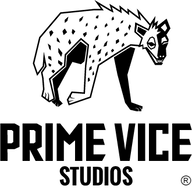
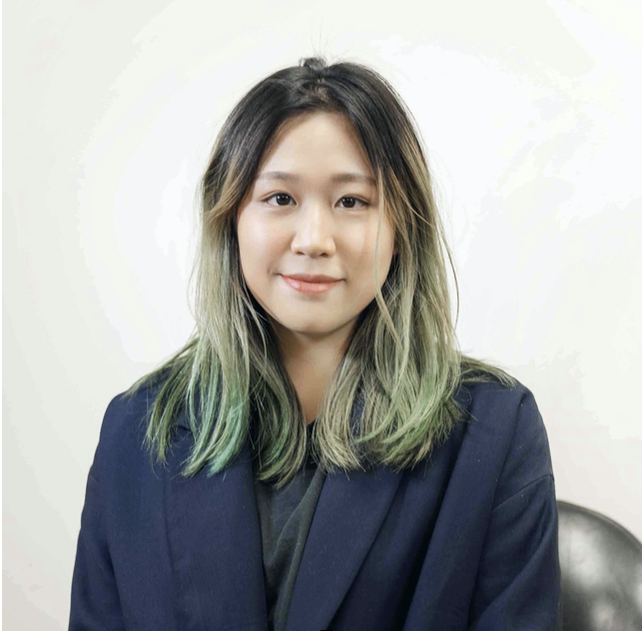
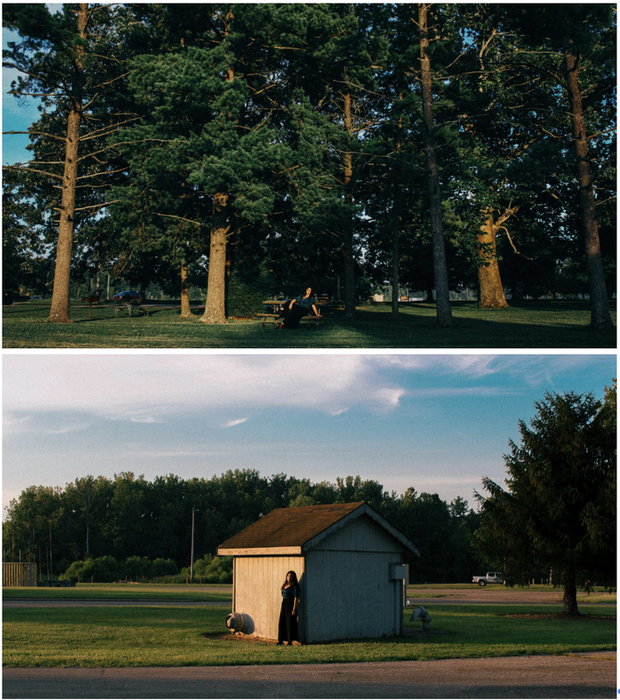
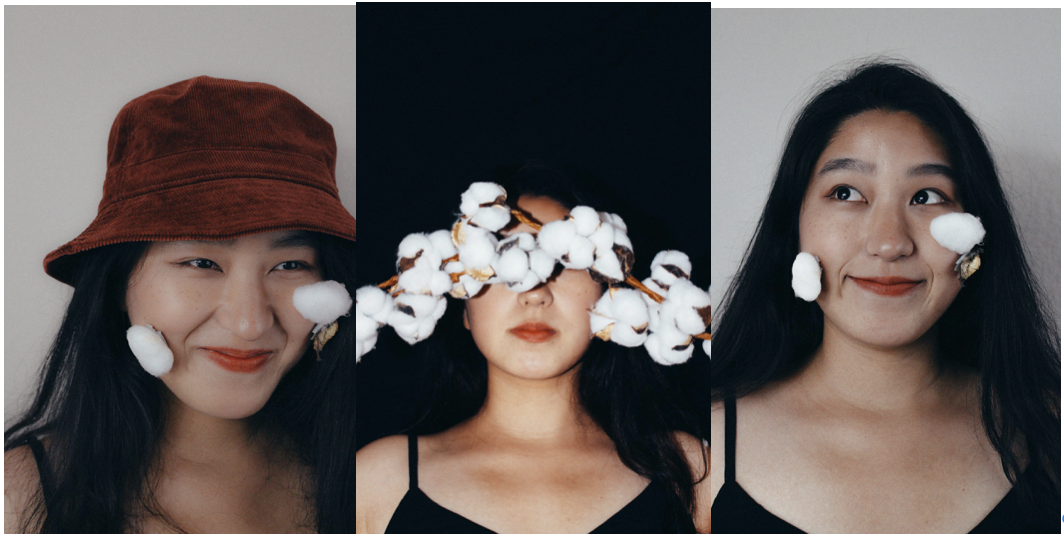
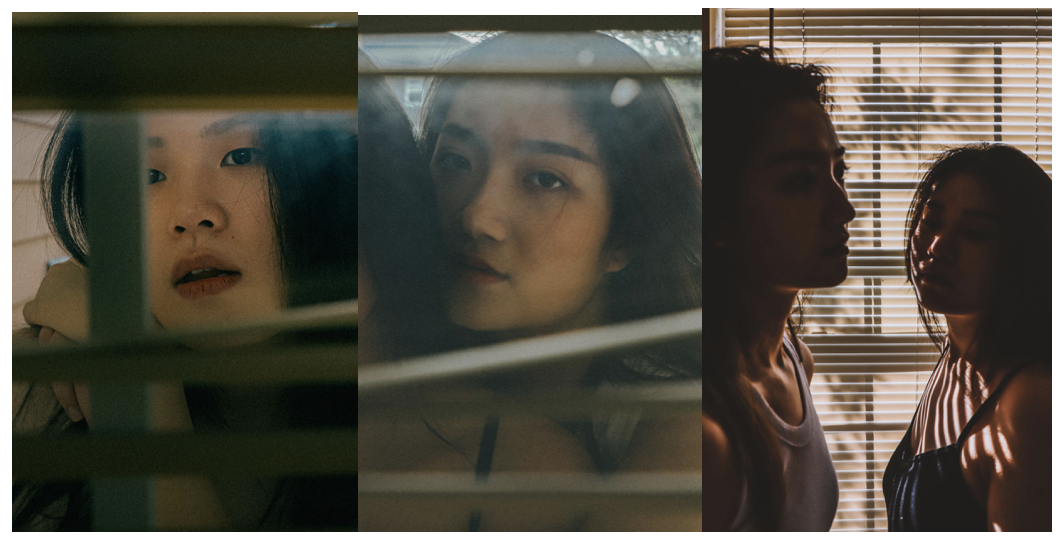
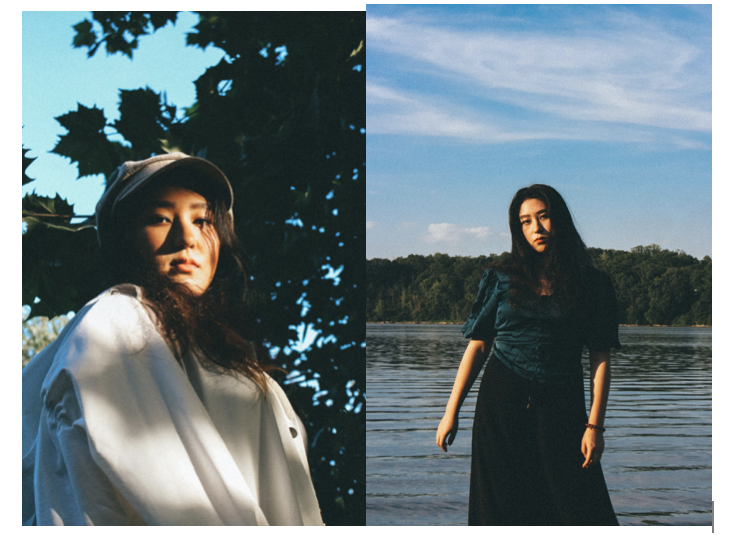
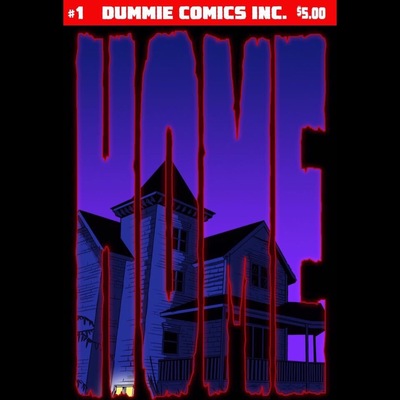
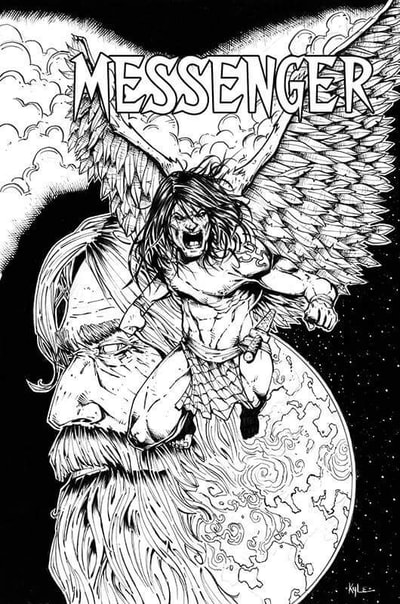
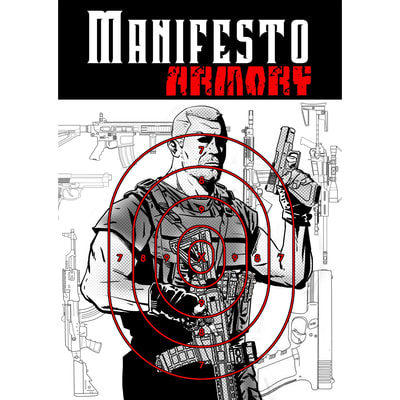
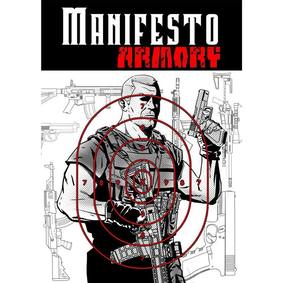
















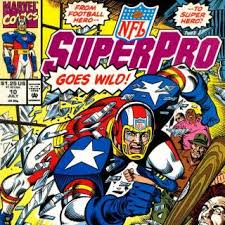







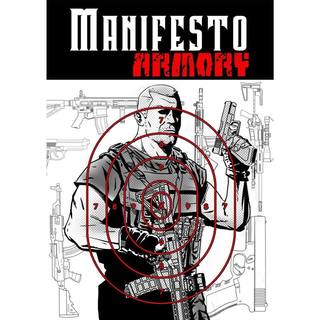
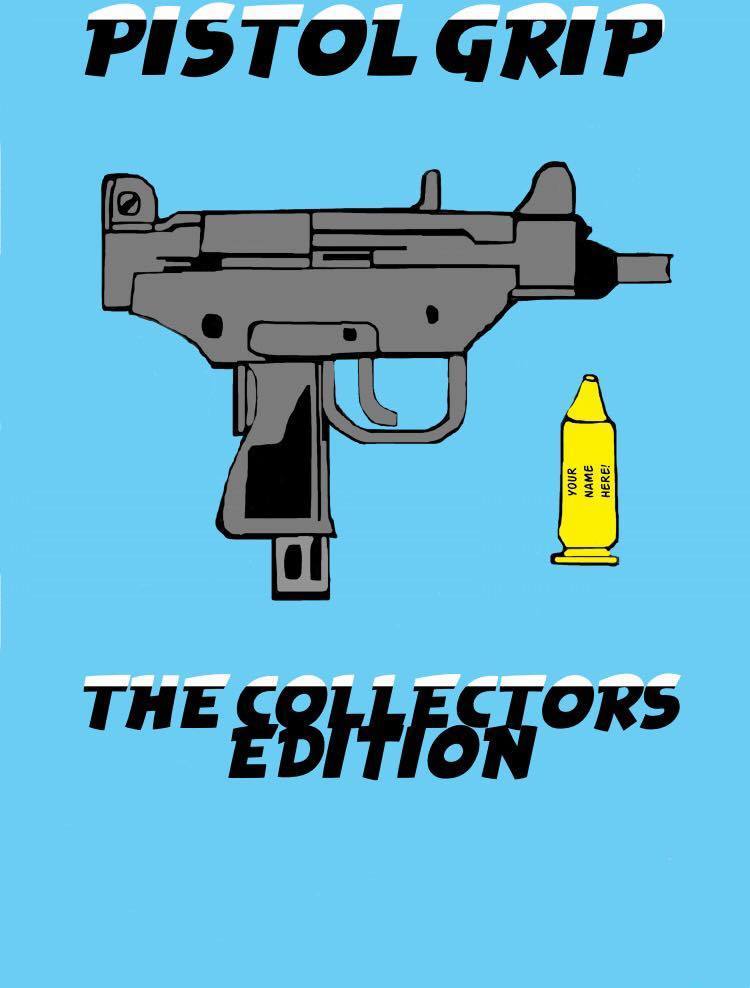
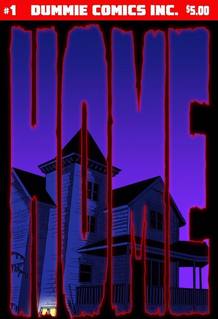
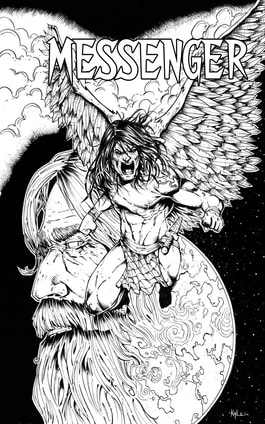
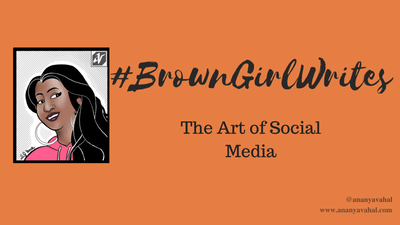
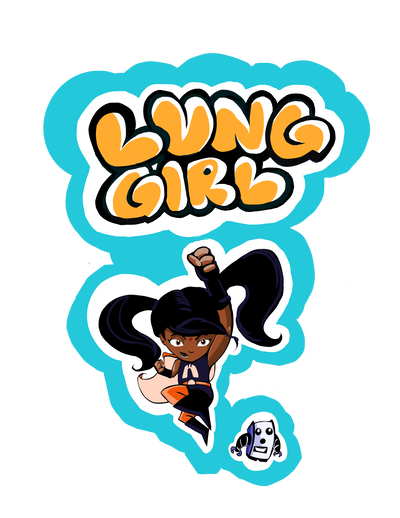


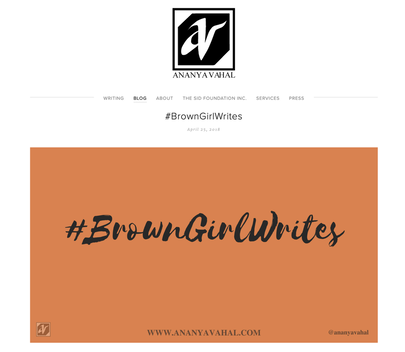












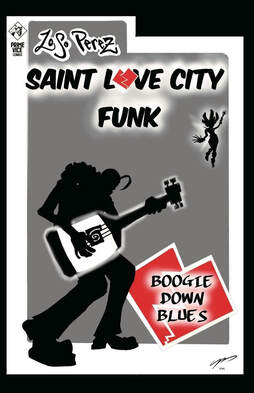
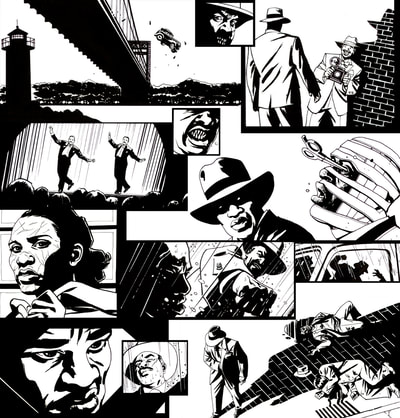
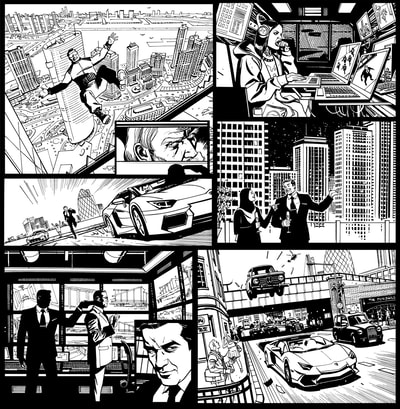
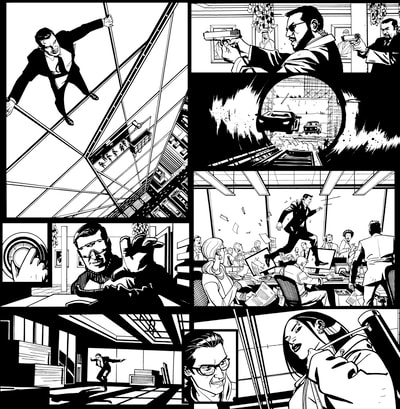
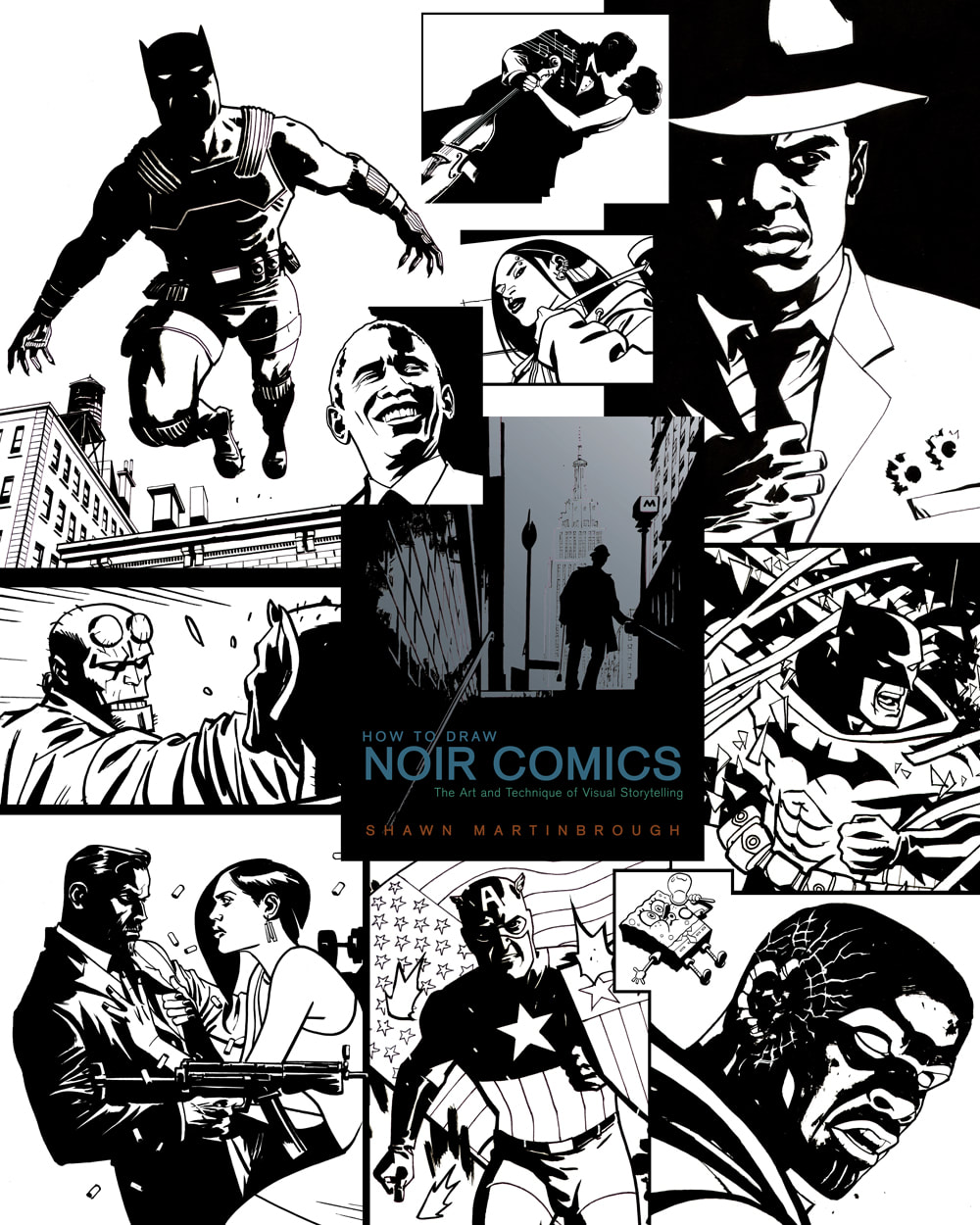
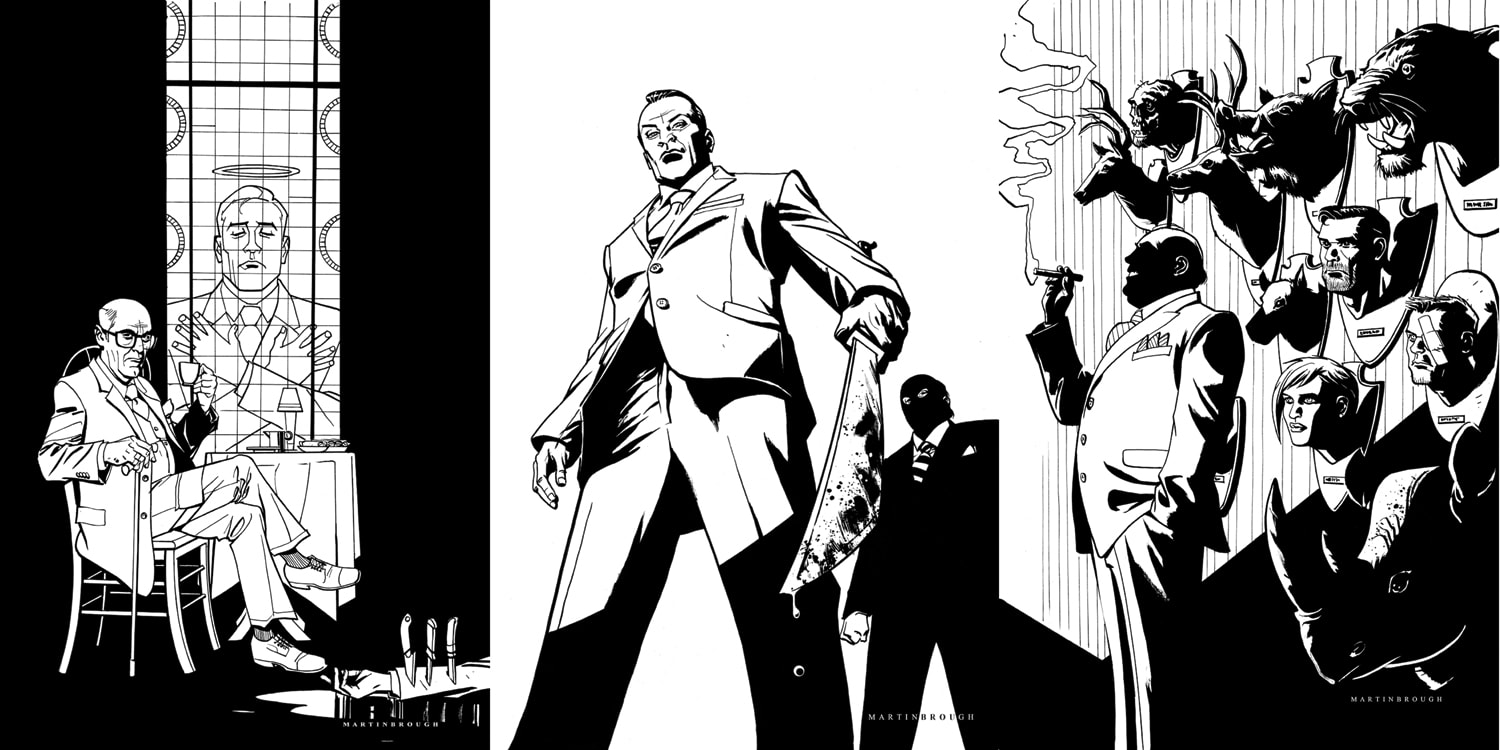
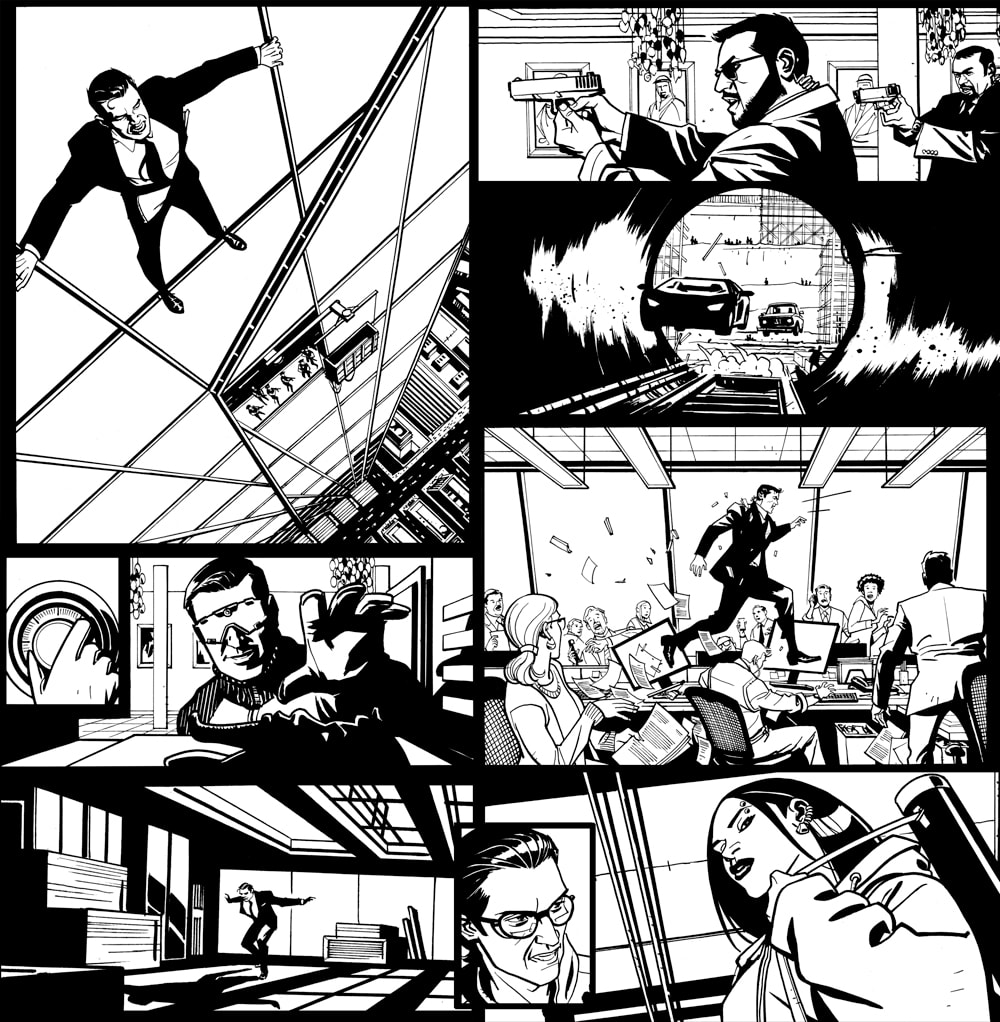
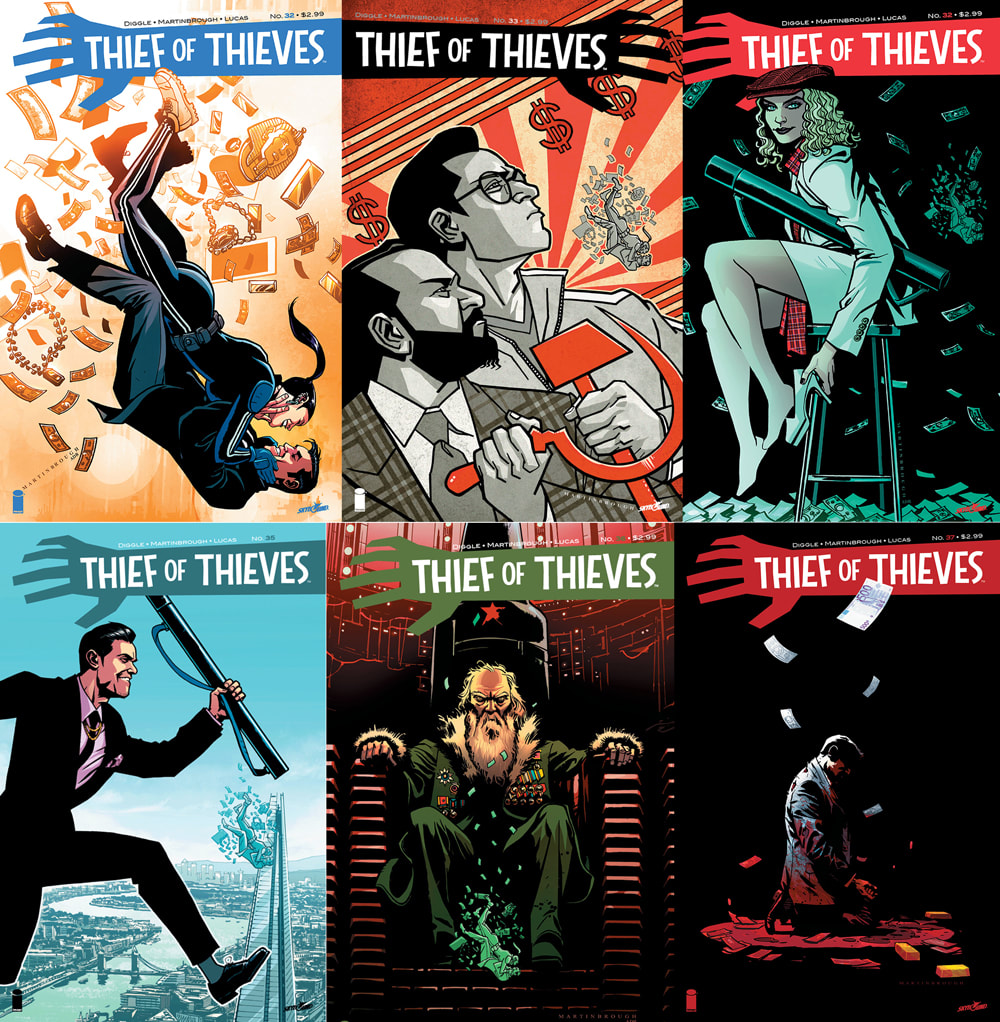







































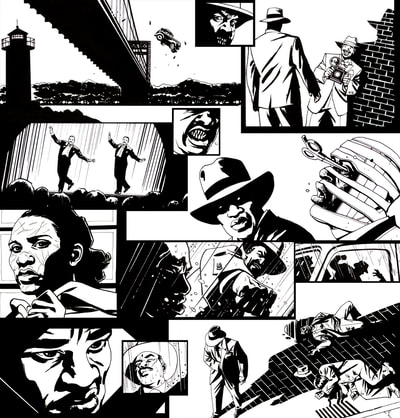
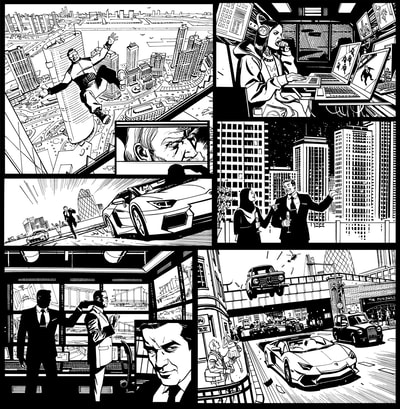
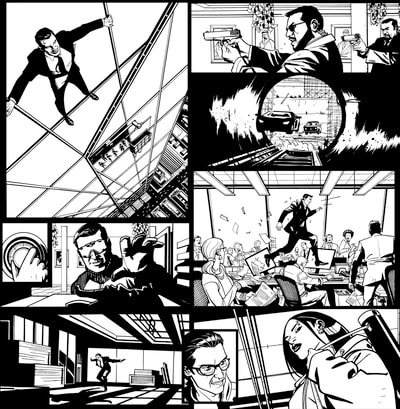
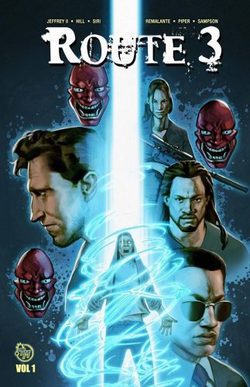
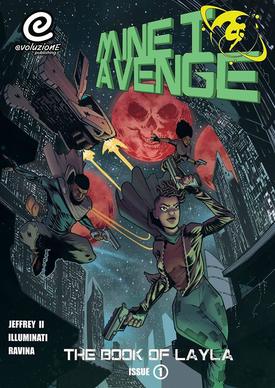
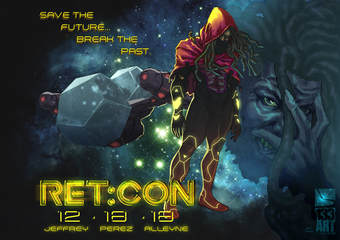
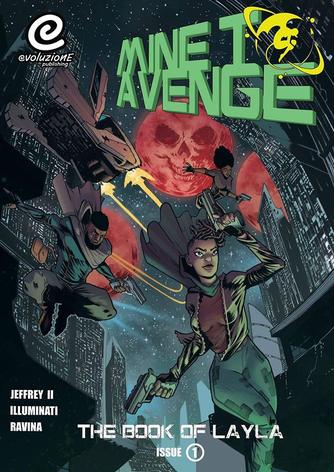
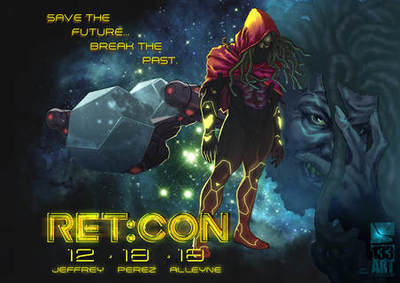
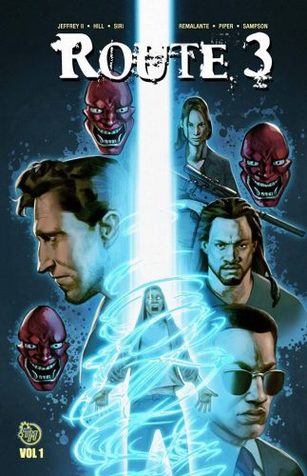

























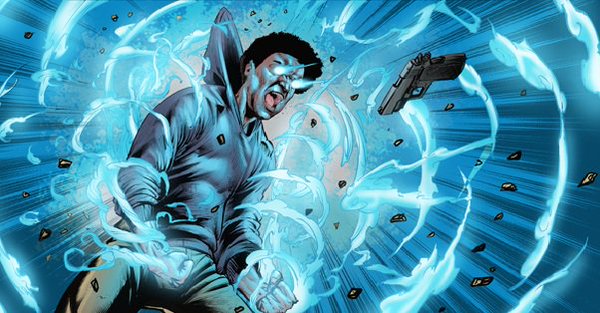
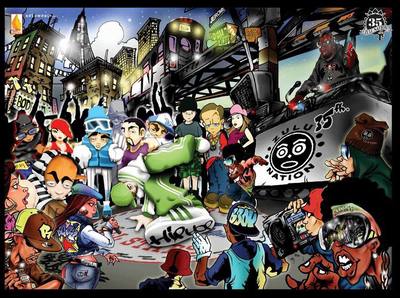
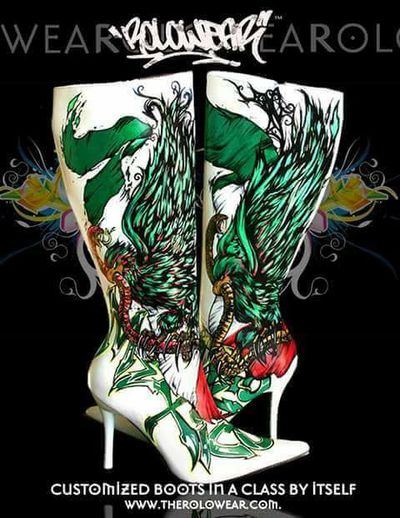
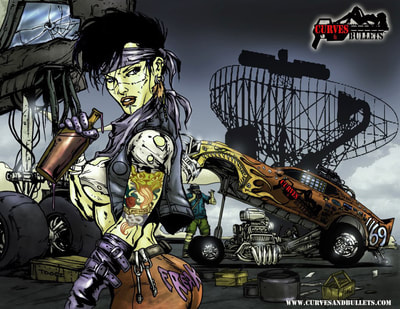
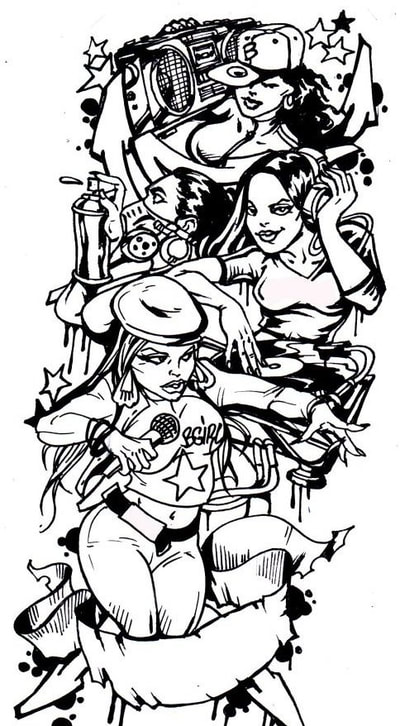
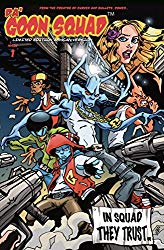
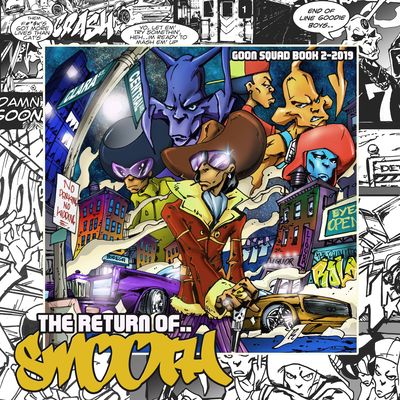
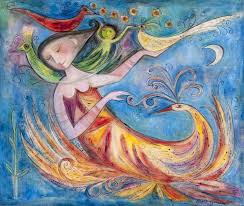
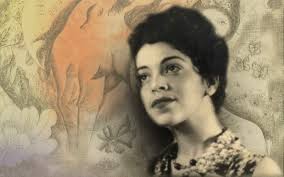
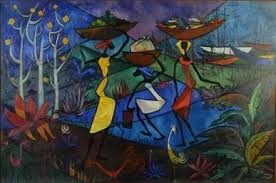



















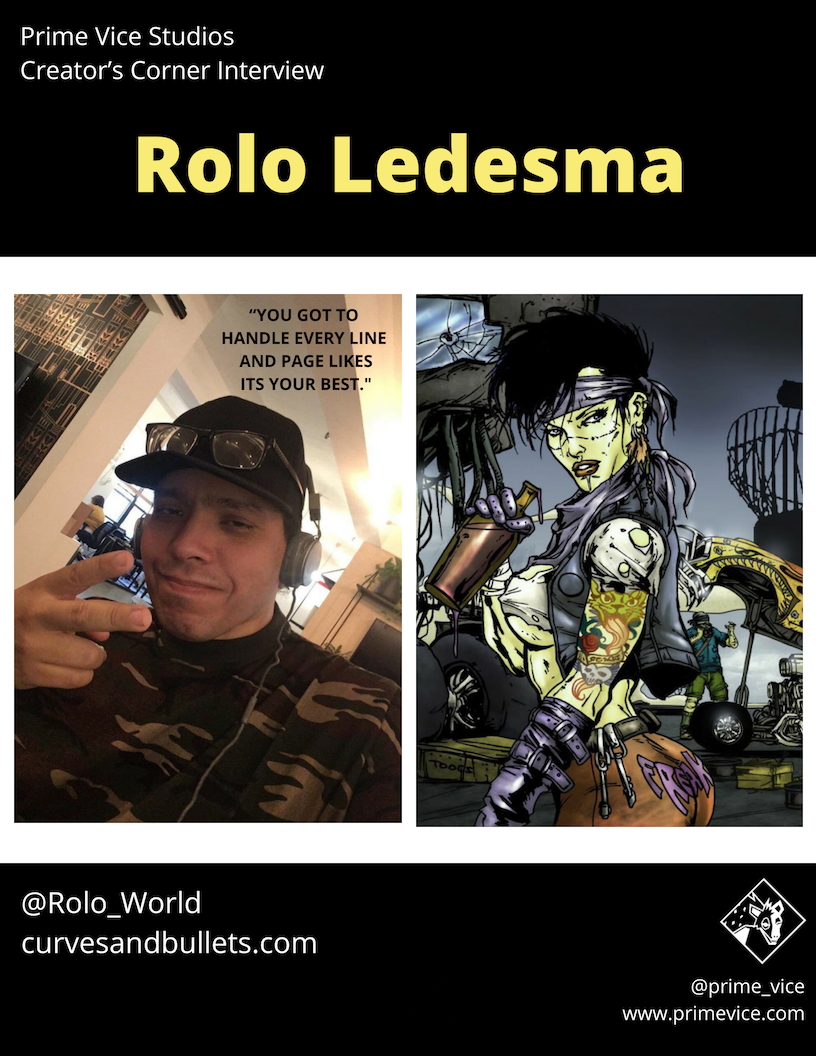
 RSS Feed
RSS Feed
